
San Blas: The Artistic Heart of Cusco
Discover San Blas in Cusco, where art, history, and culture converge in a picturesque setting of cobblestone streets and vibrant local life.
San Blas, known as the artistic heart of Cusco, is a charming and vibrant neighborhood that captivates visitors with its blend of colonial architecture, cobblestone streets, and a rich tapestry of history and culture. Nestled on a hillside, San Blas offers stunning panoramic views of Cusco, making it an ideal spot for those looking to capture the essence of this ancient city. Wander through narrow streets lined with artisan workshops, boutiques, and galleries, where local craftsmen showcase their talent in silver, ceramics, textiles, and woodwork. The neighborhood's bohemian vibe is enhanced by cozy cafes and restaurants, where you can savor traditional Peruvian dishes while enjoying live music and a relaxed atmosphere. San Blas is also home to the iconic San Blas Church, a small but historically significant church known for its intricate wood-carved pulpit. As you explore, don’t miss the vibrant Plaza de San Blas, a lively square where you can experience local markets, street performances, and an array of cultural events that regularly take place. Whether you're an art enthusiast, a history buff, or simply looking to soak in the local ambiance, San Blas offers a unique and memorable experience in the heart of Cusco.
Local tips in San Blas
- Wear comfortable walking shoes as the streets are steep and cobblestoned.
- Visit the neighborhood in the morning to avoid the afternoon crowds.
- Try to visit during the weekend for the best local markets and street performances.
- Bring a camera; the views from San Blas are some of the best in Cusco.
- Don’t miss the San Blas Church, especially its intricately carved pulpit.
San Blas: The Artistic Heart of Cusco
San Blas, known as the artistic heart of Cusco, is a charming and vibrant neighborhood that captivates visitors with its blend of colonial architecture, cobblestone streets, and a rich tapestry of history and culture. Nestled on a hillside, San Blas offers stunning panoramic views of Cusco, making it an ideal spot for those looking to capture the essence of this ancient city. Wander through narrow streets lined with artisan workshops, boutiques, and galleries, where local craftsmen showcase their talent in silver, ceramics, textiles, and woodwork. The neighborhood's bohemian vibe is enhanced by cozy cafes and restaurants, where you can savor traditional Peruvian dishes while enjoying live music and a relaxed atmosphere. San Blas is also home to the iconic San Blas Church, a small but historically significant church known for its intricate wood-carved pulpit. As you explore, don’t miss the vibrant Plaza de San Blas, a lively square where you can experience local markets, street performances, and an array of cultural events that regularly take place. Whether you're an art enthusiast, a history buff, or simply looking to soak in the local ambiance, San Blas offers a unique and memorable experience in the heart of Cusco.
Iconic landmarks you can’t miss
Saqsaywaman
Explore the majestic Saqsaywaman, a UNESCO World Heritage site showcasing the incredible engineering of the Inca civilization amidst stunning landscapes.
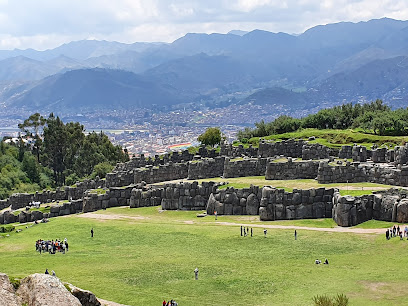
Mirador desde el Cristo Blanco
Discover the iconic Cristo Blanco in Cusco, a breathtaking observation deck offering stunning views of the city and the Andes, rich in culture and history.
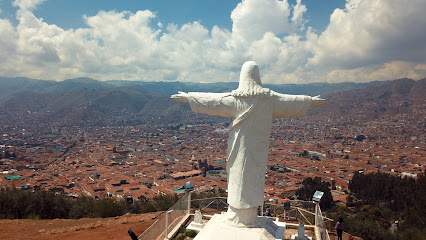
Plaza San Blas
Experience the artistic heart of Cusco at Plaza San Blas, a vibrant park rich in culture, history, and stunning views of the Andes.
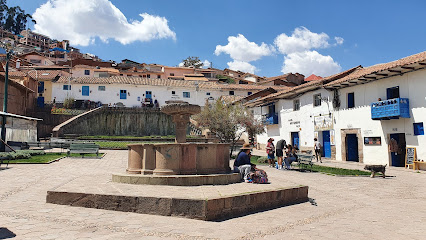
Mirador de Plaza Sán Cristobal
Experience breathtaking views and immerse yourself in the culture of Cusco at the scenic Mirador de Plaza San Cristobal, a photographer's paradise.
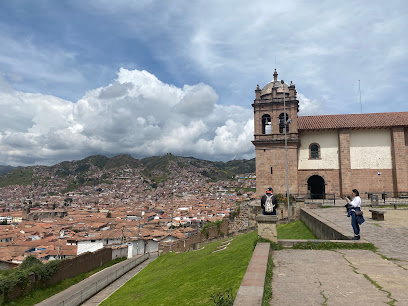
Xapiri Ground
Experience the fusion of art and culture at Xapiri Ground, an inviting art café in the heart of Cusco, Peru, where local creativity flourishes.
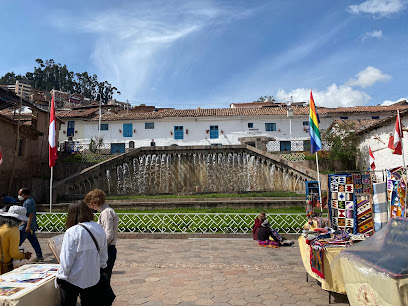
San Blas View Point
Discover the stunning vistas of Cusco from San Blas View Point, where history and natural beauty converge in a breathtaking panorama.
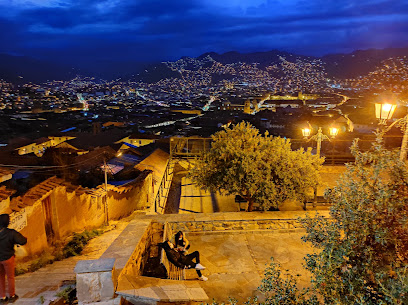
Hostal Qori Kinto
Discover the heart of Cusco at Hostal Qori Kinto, where cozy accommodations meet vibrant local culture and history.
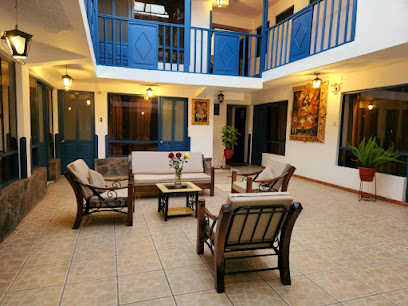
Pileta Plaza De San Blas
Discover tranquility at Pileta Plaza De San Blas, a serene garden in the heart of Cusco, perfect for relaxation and cultural exploration.
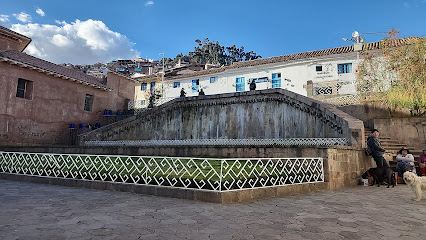
San Blas Waterfall and caves
Experience the breathtaking beauty of San Blas Waterfall and Caves, a hidden gem near Cusco that promises tranquility and adventure in nature's embrace.
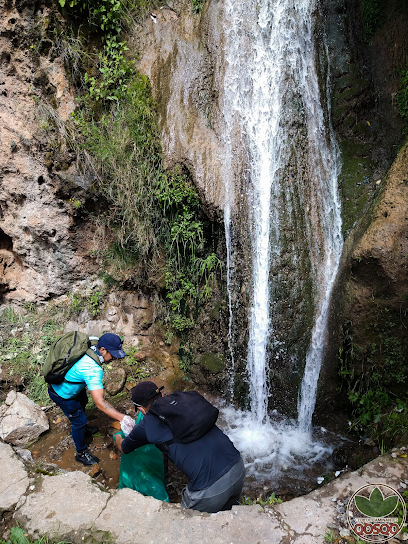
Casa Cultural San Blas Cusco
Explore the vibrant cultural scene at Casa Cultural San Blas in Cusco, where art, tradition, and community unite.
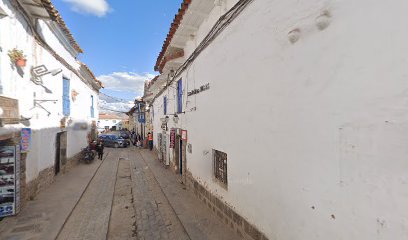
Huaca de San Blas
Discover the ancient spirit of the Incas at Huaca de San Blas, a historical landmark in Cusco rich with cultural significance and breathtaking architecture.

Plaza de San Blas
Explore the cultural heart of Cusco at Plaza de San Blas, where history, art, and vibrant local life converge in a stunning town square.

Unmissable attractions to see
Mirador desde el Cristo Blanco
Experience breathtaking panoramic views of Cusco and the majestic Andes at Cristo Blanco, an iconic observation deck and cultural landmark.
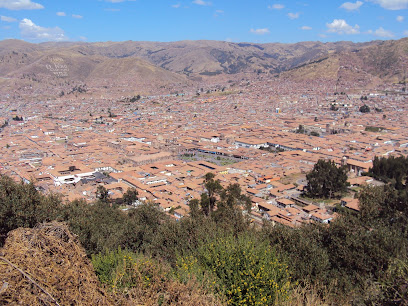
Plaza San Blas
Discover the enchanting Plaza San Blas in Cusco, Peru, a vibrant park filled with history, art, and culinary delights in a picturesque setting.
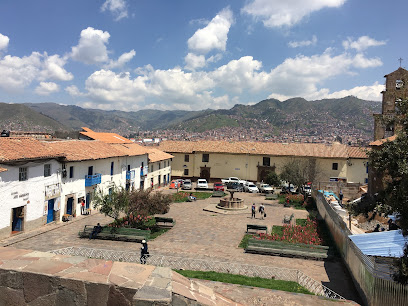
Templo del San Blas
Discover the stunning Templo del San Blas, a historic Catholic church in Cusco, known for its intricate woodwork and vibrant cultural atmosphere.
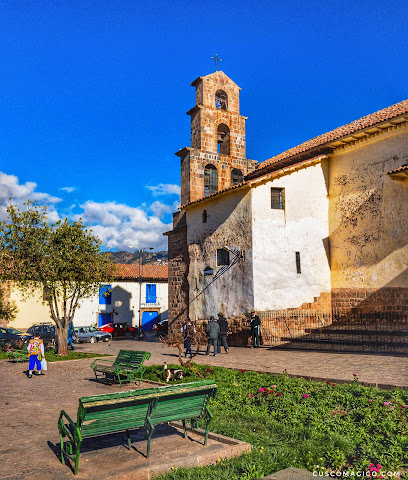
San Blas View Point
Experience the stunning panoramic views of Cusco from San Blas View Point, a must-visit observation deck in the heart of Peru's historic capital.

Coca Museum
Explore the rich heritage of the coca leaf in Cusco at the Coca Museum, where history and culture intertwine in fascinating exhibits.
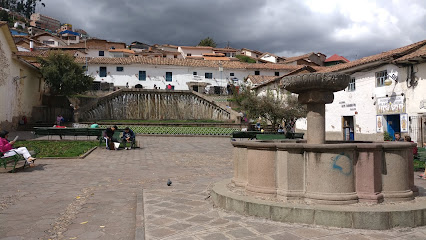
Pileta Plaza De San Blas
Discover tranquility at Pileta Plaza De San Blas, a serene garden in the heart of Cusco offering lush greenery and historic charm.
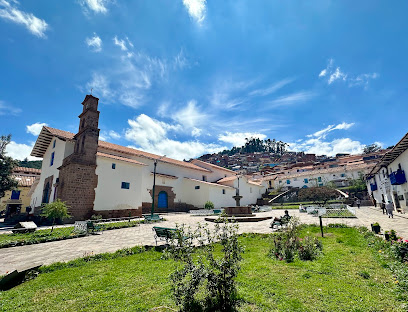
San Blas Waterfall and caves
Discover the stunning San Blas Waterfall and Caves near Cusco, a breathtaking natural attraction perfect for adventure seekers and nature lovers.
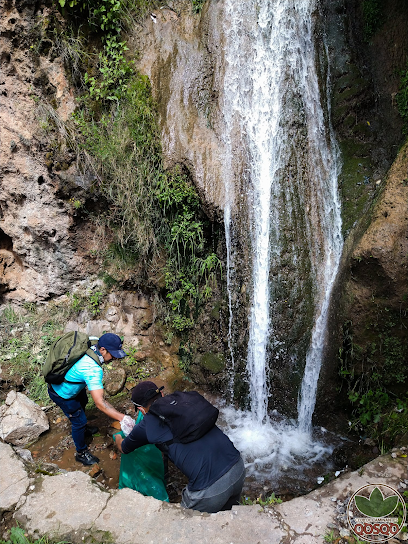
Sikllakancha
Discover the rich history and vibrant culture at Sikllakancha, a captivating tourist attraction in the heart of Cusco, Peru.
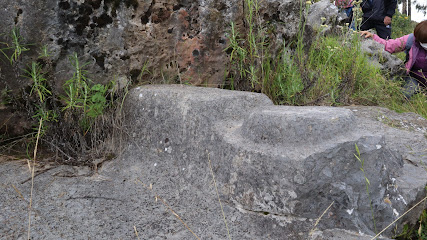
Essential places to dine
LIMBUS RESTOBAR
Discover Limbus Restobar in Cusco: where delicious cuisine meets stunning panoramic views.
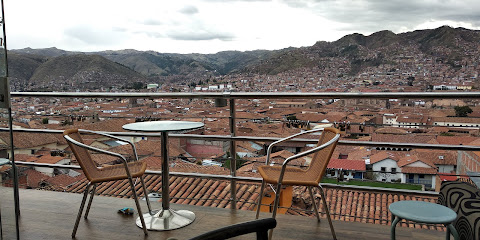
Organika Restaurant
Discover authentic Peruvian flavors at Organika Restaurant in Cusco, where organic ingredients meet culinary artistry.
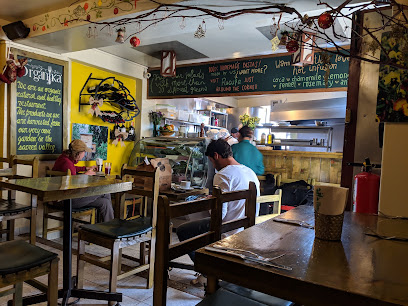
KUSYKAY Peruvian Craft Food
Experience authentic Peruvian cuisine at KUSYKAY in Cusco – where tradition meets innovation in every dish.
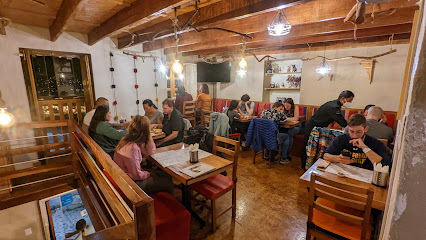
Chakruna Native Burgers
Discover Chakruna Native Burgers in Cusco for delicious burgers and creative vegan options set in a vibrant atmosphere.
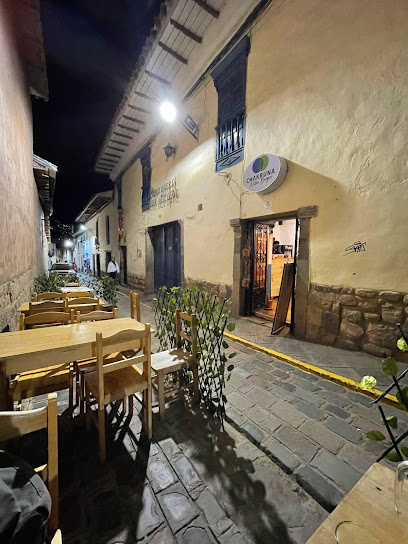
ViewHouse Resto bar
Discover the vibrant flavors of Cusco at ViewHouse Resto Bar – where traditional Peruvian cuisine meets modern gastronomy.
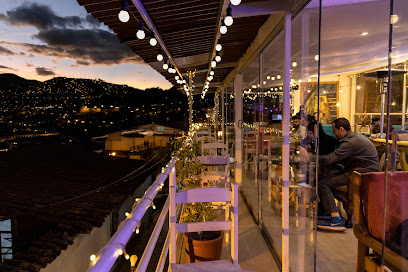
LOCAL Restaurante
Discover exquisite Peruvian flavors at LOCAL Restaurante in Cusco - where brunch meets tradition in an inviting atmosphere.
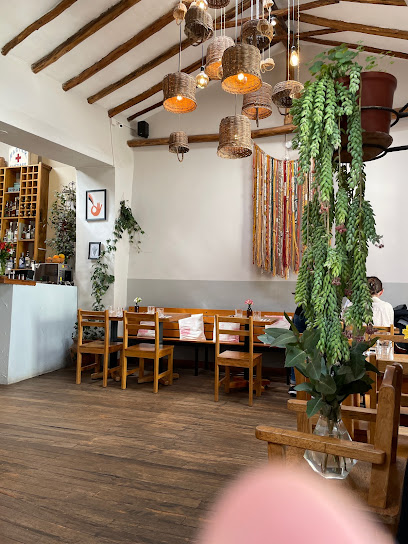
Soqa
Discover Soqa: A premier organic restaurant in Cusco offering exquisite Peruvian cuisine made from locally sourced ingredients.
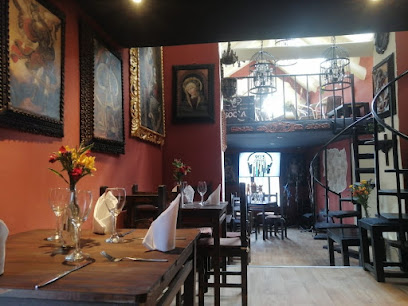
Tupana Wasi Restaurant
Experience authentic Peruvian cuisine in the heart of Cusco at Tupana Wasi Restaurant – where tradition meets flavor.
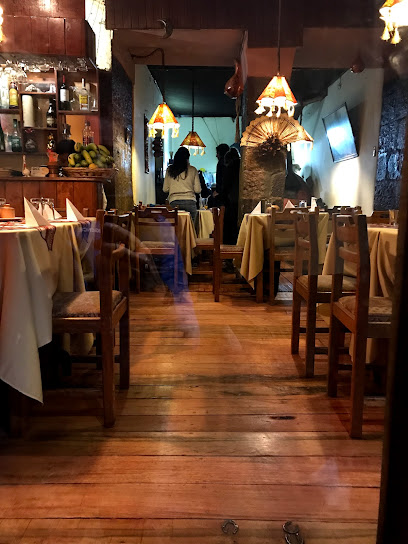
San blas the point
Discover culinary delights at San Blas the Point - where traditional Peruvian flavors meet modern gastronomy in a charming gastropub setting.
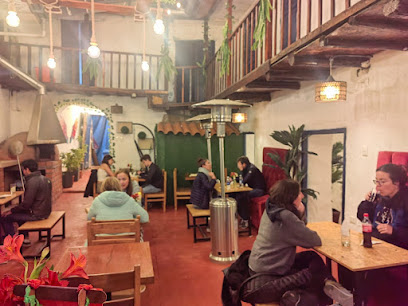
San Blas restobar
Discover authentic Peruvian flavors at San Blas Restobar, a charming dining spot in the heart of Cusco's vibrant arts district.
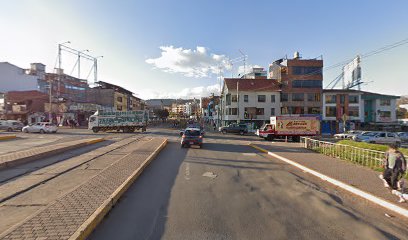
Markets, malls and hidden boutiques
Concepto Raiz
Discover the essence of Peruvian craftsmanship at Concepto Raiz, a must-visit clothing store in the heart of Cusco's artistic San Blas neighborhood.

San Blas San Marcos
Discover convenience in the heart of Cusco with San Blas San Marcos, your go-to spot for snacks and essentials while exploring Peru.
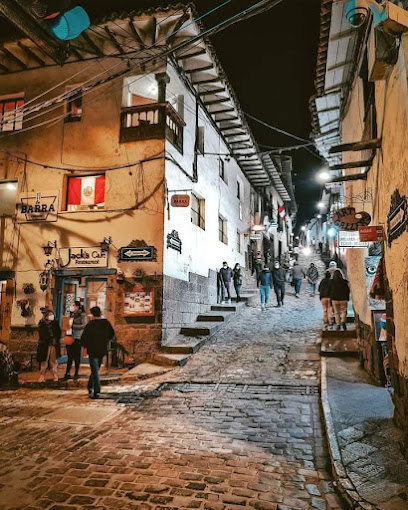
Mercado Histórico
Discover the vibrant Mercado Histórico in Cusco, where local culture, authentic cuisine, and artisanal crafts come together in a bustling market experience.
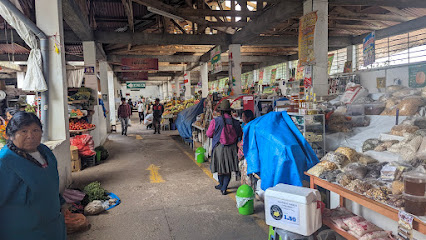
기념품샵
Explore the vibrant gift shop in Cusco, where local handicrafts and souvenirs capture the essence of Peruvian culture and artistry.

Imagine Store
Explore Imagine Store in Cusco for authentic Peruvian souvenirs and a taste of local culture in the heart of the historic city.
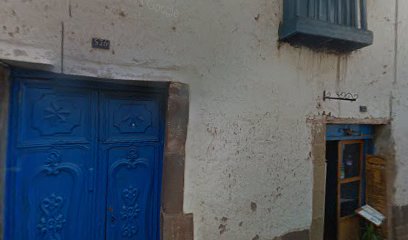
Tirsa san blas
Explore the vibrant blend of traditional and modern fashion at Tirsa San Blas, a unique clothing store in the heart of Cusco, Peru.
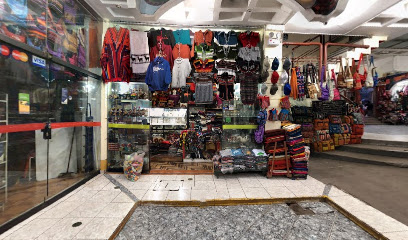
Textiles SAN BLAS
Explore the colorful world of traditional Peruvian textiles at Textiles SAN BLAS, a must-visit clothing store in the heart of Cusco.
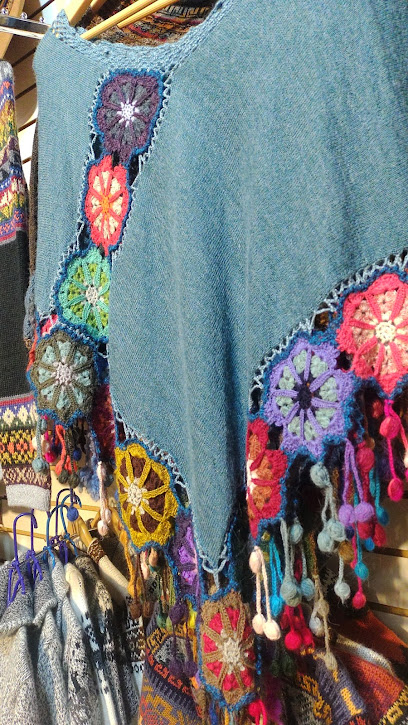
Atipika Concept Store San Blas
Discover unique clothing and accessories that blend modern style with traditional Peruvian craftsmanship at Atipika Concept Store in Cusco.
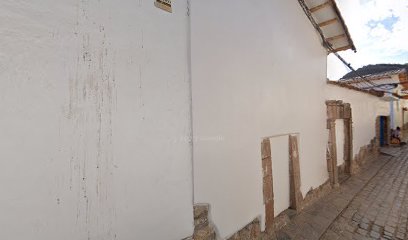
Barrio blas
Explore the vibrant Barrio Blas in Cusco, where local artisans, stunning views, and rich culture come together in a truly unforgettable experience.

Alpaca’s House Factory
Explore Alpaca’s House Factory: Your destination for exquisite alpaca wool clothing and authentic Peruvian craftsmanship in the heart of Cusco.
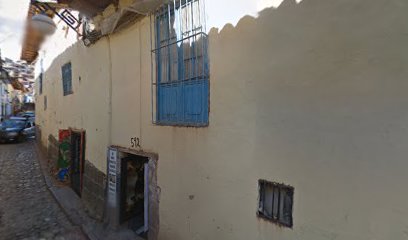
Essential bars & hidden hideouts
LIMBUS RESTOBAR
Experience the culinary delights and breathtaking views at Limbus Restobar in Cusco, where vibrant atmosphere meets authentic Peruvian flavors.
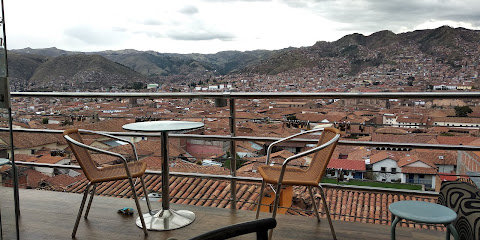
ViewHouse Resto bar
Discover the vibrant flavors of Peru at ViewHouse Resto Bar, a lively gastropub in the heart of Cusco's San Blas district.
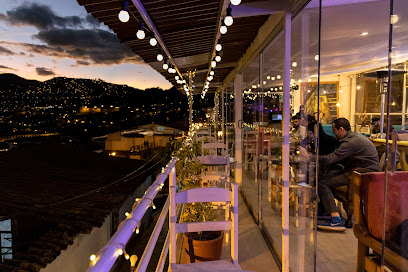
Km 0
Experience the vibrant flavors of Peru at Km 0, a must-visit grill restaurant in the heart of Cusco's San Blas district.
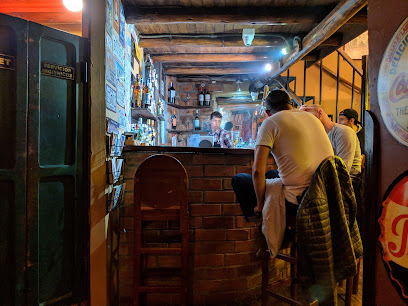
Black Cat Bar Cusco - Craft Cocktails & Spirits
Discover the vibrant nightlife at Black Cat Bar in Cusco, where craft cocktails and a cozy atmosphere await every visitor.
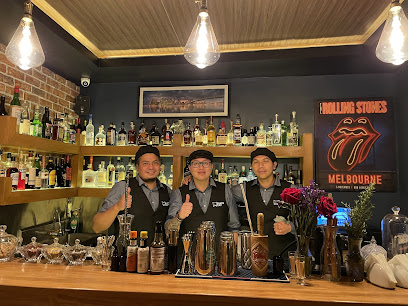
BarDen Lounge
Experience the vibrant nightlife of Cusco at BarDen Lounge, where local flavors and creative cocktails meet in a cozy, welcoming atmosphere.
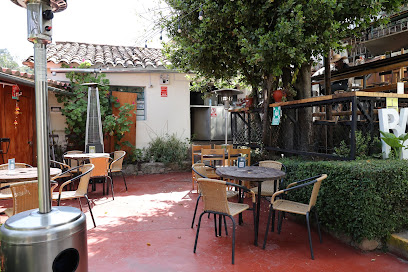
San blas the point
Experience the vibrant flavors of Cusco at San Blas: The Point, a gastropub offering innovative Peruvian cuisine in a cozy atmosphere.
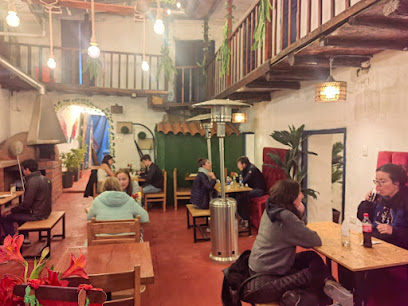
Black Bird
Discover the vibrant atmosphere of Black Bird in Cusco—where traditional Peruvian flavors meet modern mixology in a cozy bar setting.
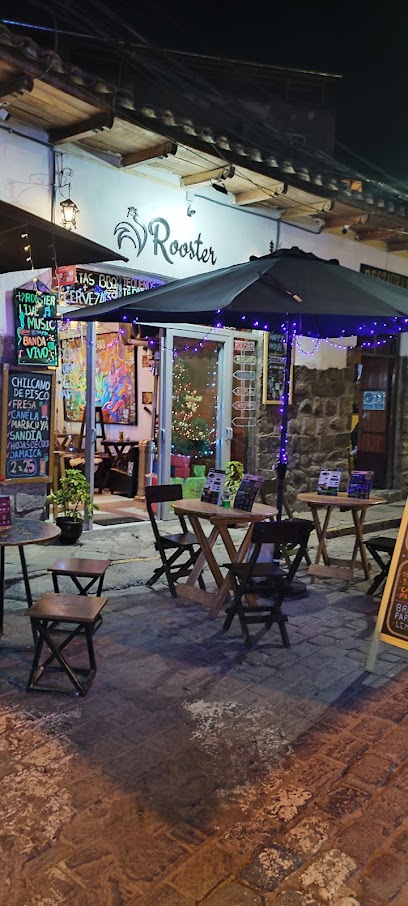
La Yunza de San Blas
Experience the heart of Cusco's nightlife at La Yunza de San Blas, where vibrant culture meets refreshing drinks in a cozy atmosphere.
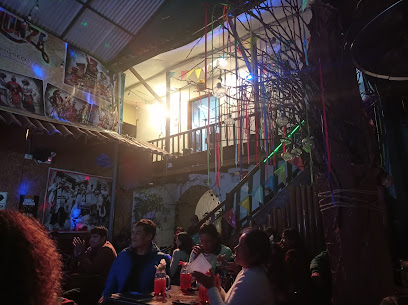
San Blas restobar
Discover the flavors of Peru at San Blas Restobar, a charming restaurant in the heart of Cusco's historic San Blas district.
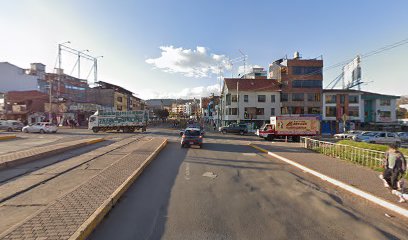
mamarracho´s restobar
Experience the vibrant atmosphere and mouthwatering flavors of Mamarracho's Restobar in the heart of Cusco, where local meets international cuisine.

Local Phrases
-
- HelloHola
[oh-lah] - GoodbyeChau
[chow] - YesSí
[see] - NoNo
[noh] - Please/You're welcomePor favor/De nada
[por fah-vor/deh nah-dah] - Thank youGracias
[grah-see-ahs] - Excuse me/SorryPerdón
[pair-dohn] - How are you?¿Cómo estás?
[koh-moh ehs-tahs] - Fine. And you?Bien. ¿Y tú?
[bee-ehn. ee too] - Do you speak English?¿Hablas inglés?
[ah-blahs een-glays] - I don't understandNo entiendo
[noh ehn-tyen-doh]
- HelloHola
-
- I'd like to see the menu, pleaseMe gustaría ver el menú, por favor
[meh goos-tah-ree-ah behr ehl meh-noo, poor fah-vor] - I don't eat meatNo como carne
[noh koh-moh kahr-neh] - Cheers!¡Salud!
[sah-lood] - I would like to pay, pleaseMe gustaría pagar, por favor
[meh goos-tah-ree-ah pah-gahr, poor fah-vor]
- I'd like to see the menu, pleaseMe gustaría ver el menú, por favor
-
- Help!¡Ayuda!
[ah-yoo-dah] - Go away!¡Vete!
[veh-teh] - Call the Police!¡Llama a la policía!
[yah-mah ah lah poh-lee-see-ah] - Call a doctor!¡Llama a un doctor!
[yah-mah ah oon dohk-tohr] - I'm lostEstoy perdido/a
[ehs-toy pair-dee-doh/ah] - I'm illEstoy enfermo/a
[ehs-toy ehn-fehr-moh/ah]
- Help!¡Ayuda!
-
- I'd like to buy...Me gustaría comprar...
[meh goos-tah-ree-ah kohm-prahr] - I'm just lookingSolo estoy mirando
[soh-loh ehs-toy meer-ahn-doh] - How much is it?¿Cuánto cuesta?
[kwan-toh kwehs-tah] - That's too expensiveEso es demasiado caro
[eh-soh ehs deh-mah-see-ah-doh kah-roh] - Can you lower the price?¿Puede bajar el precio?
[pweh-deh bah-hahr ehl pree-syoh]
- I'd like to buy...Me gustaría comprar...
-
- What time is it?¿Qué hora es?
[kay oh-rah ehs] - It's one o'clockEs la una
[ehs lah oo-nah] - Half past (10)Media (10)
[meh-dee-ah (deez)] - MorningMañana
[mah-nyah-nah] - AfternoonTarde
[tahr-deh] - EveningNoche
[noh-cheh] - YesterdayAyer
[ah-yehr] - TodayHoy
[oy] - TomorrowMañana
[mah-nyah-nah] - 1Uno
[oo-noh] - 2Dos
[dohs] - 3Tres
[trehs] - 4Cuatro
[kwah-troh] - 5Cinco
[seen-koh] - 6Seis
[seys] - 7Siete
[syeh-teh] - 8Ocho
[oh-choh] - 9Nueve
[nweh-veh] - 10Diez
[dyehs]
- What time is it?¿Qué hora es?
-
- Where's a/the...?¿Dónde está...?
[dohn-deh ehs-tah] - What's the address?¿Cuál es la dirección?
[kwal ehs lah dee-rehk-syohn] - Can you show me (on the map)?¿Puedes mostrarme (en el mapa)?
[pweh-dehs mohs-trar-meh (ehn ehl mah-pah)] - When's the next (bus)?¿Cuándo es el próximo (bus)?
[kwan-doh ehs ehl proh-ksee-moh (boos)] - A ticket (to ....)Un boleto (a ....)
[oon boh-leh-toh (ah)]
- Where's a/the...?¿Dónde está...?
History of San Blas
-
San Blas is steeped in history, with its origins tracing back to the Inca Empire. This neighborhood was once a vital area for the Incan nobility, who built their homes and temples here. The layout of the streets reflects the traditional Incan urban design, with narrow alleys and impressive stone walls that have withstood centuries of weathering.
-
Following the Spanish conquest in the 16th century, San Blas underwent significant transformations. Spanish colonizers constructed churches and colonial homes atop Incan foundations. The most notable structure is the San Blas Church, built in the 16th century, featuring a stunning pulpit carved from a single trunk of cedar, exemplifying the blending of indigenous and Spanish styles.
-
During the colonial period, San Blas became known as the artisans' quarter, where skilled craftsmen produced textiles, pottery, and metalwork. This tradition continues to this day, with numerous workshops and galleries showcasing local art. The neighborhood's vibrant culture is celebrated through festivals and fairs, highlighting the ongoing legacy of craftsmanship.
-
In the early 20th century, San Blas emerged as a center for cultural revival in Cusco. Intellectuals and artists, inspired by the rich history of the area, began to promote Andean culture and heritage. This period saw the establishment of cultural institutions and the return to traditional practices, which laid the groundwork for the preservation of Peruvian identity.
-
Today, San Blas is a vibrant neighborhood that attracts both locals and tourists. Its cobblestone streets are lined with cafes, shops, and art galleries, creating a lively atmosphere. The ongoing cultural festivals and artisan markets highlight the neighborhood's rich heritage, making it a focal point for those exploring the historical and cultural landscape of Cusco.
San Blas Essentials
-
San Blas is easily accessible from various parts of Cusco. It is located just a short walk from the main square, Plaza de Armas. For those arriving from the airport, taxis are the most convenient option; the journey typically takes around 15-20 minutes. Alternatively, you can use a shared shuttle service that operates between the airport and the city center. If you’re coming from other neighborhoods, local taxis or the public transportation system can drop you off close to San Blas.
-
San Blas is a compact neighborhood best explored on foot, as many of its charming cobblestone streets are narrow and steep. Walking is the most immersive way to experience the area’s art galleries, artisan shops, and cafes. There are no trains or buses specifically within San Blas; however, local taxis are available for longer distances. Bicycle rentals are also an option if you prefer two wheels, with some shops offering guided tours around Cusco.
-
San Blas is generally safe for tourists, but standard precautions should be taken. Avoid displaying expensive items, and be cautious in less populated areas, especially after dark. Areas around the Plaza de Armas and the main streets tend to be safer, while some side streets may have higher crime rates, including petty theft or pickpocketing. Always stay vigilant and trust your instincts.
-
In case of an emergency, dial 105 for police or 106 for medical assistance in Peru. The nearest hospital is Hospital Antonio Lorena, located a short distance from San Blas. It's advisable to have travel insurance that covers emergencies. Pharmacies are readily available throughout the neighborhood for minor health issues, where you can find over-the-counter medications.
-
Fashion: Do dress modestly, especially when visiting religious sites. Avoid wearing revealing clothing. Religion: Do respect local customs and traditions, particularly in churches. Public Transport: Do be respectful and give up your seat for elderly passengers. Don’t eat or drink on public transport. Greetings: Do greet people with a friendly smile and a handshake. Eating & Drinking: Do try local dishes and accept food offerings graciously. Don’t refuse hospitality, as it's considered impolite.
-
To experience San Blas like a local, visit the artisan markets where you can find handmade crafts and traditional goods. Engage with local artisans, as many are happy to share their techniques and stories. Don't miss the San Blas Church, known for its stunning wooden altar. If you're interested in local culture, consider taking a traditional cooking class to learn how to prepare Andean dishes. Additionally, explore the neighborhood's lesser-known viewpoints for breathtaking views of Cusco.
Nearby Cities to San Blas
-
Things To Do in Machu Picchu
-
Things To Do in Ayacucho
-
Things To Do in Arequipa
-
Things To Do in Puno
-
Things To Do in Huancayo
-
Things To Do in Ica
-
Things To Do in Copacabana
-
Things To Do in La Paz
-
Things To Do in Tacna
-
Things To Do in Lima
-
Things To Do in Arica
-
Things To Do in Huaraz
-
Things To Do in Cochabamba
-
Things To Do in Iquique
-
Things To Do in Sucre









